Activity of coffee raw bean water | how to protect coffee from excessive water activity
Professional coffee knowledge exchange more coffee bean information please follow the coffee workshop (Wechat official account cafe_style)
Front Street Coffee Costa Rica Coffee | Costa Rican Angel Manor Global only 85 kg | Rose Summer 2018-Panamanian Jade Manor Red Standard Solar | Blue label washing | Green label Solar
For a long time, it has been known that there is a certain relationship between food corruption and water content in food. However, when considering the quality and safety of food, the moisture content in food is not a reliable standard. Compared with the water content in food, water activity (AW) has been considered to be more important, which is closely related to the chemical, physical and biological characteristics of food and its raw materials.
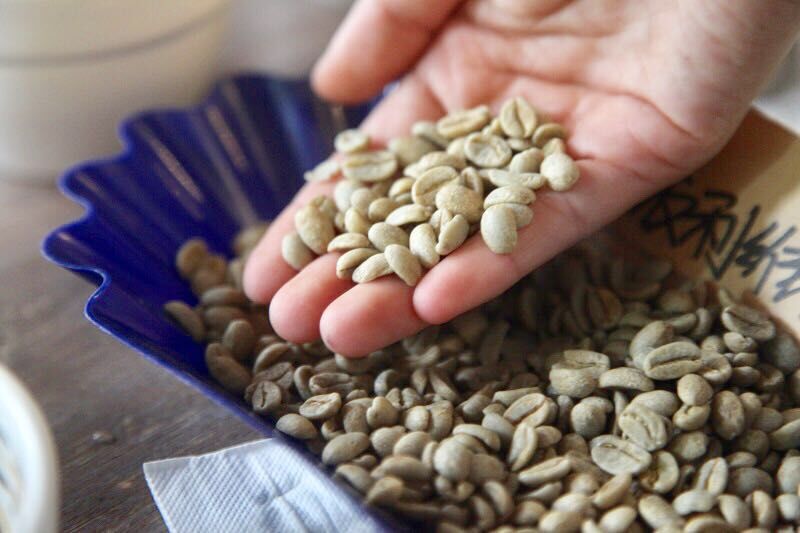
Imagine that high-quality raw coffee beans reach the buyer, only to find a decline in score / quality in the cup test. The reason is related to water activity, which may shorten the best shelf life / flavor period of raw beans, produce bad taste in the cup, and even lead to mold.
The difference between water content and water activity
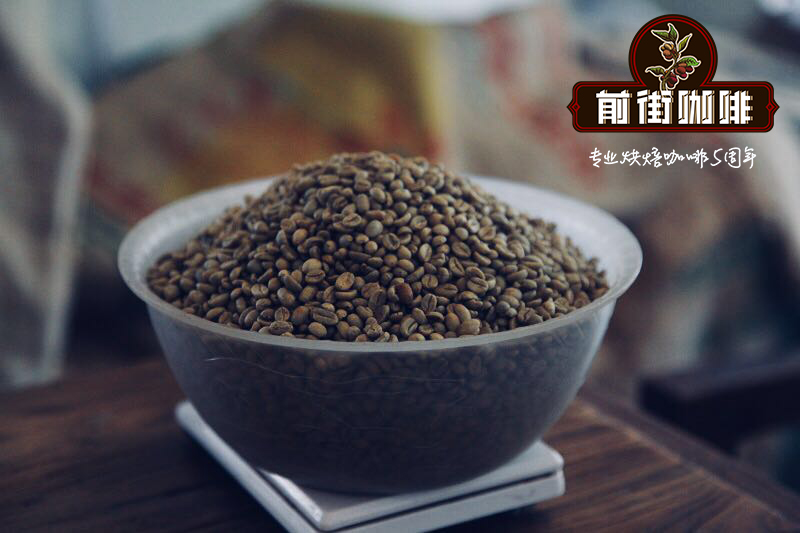
Moisture content is a term we often hear in the coffee trade. From the farm to the cup, the internal storage of water in the coffee beans is different. This may affect the taste, quality, and later baking.
Coffee seeds in coffee berries are filled with water. After treatment, washed coffee usually contains 45-50% moisture. After drying, ICO recommends that coffee beans have a moisture content of 11-12.5% (although many roasters prefer 10.5% or even 10%). This means that proper drying is essential to the quality of coffee. However, not all moisture is the same. Let's look at the different types of water in coffee beans scientifically.
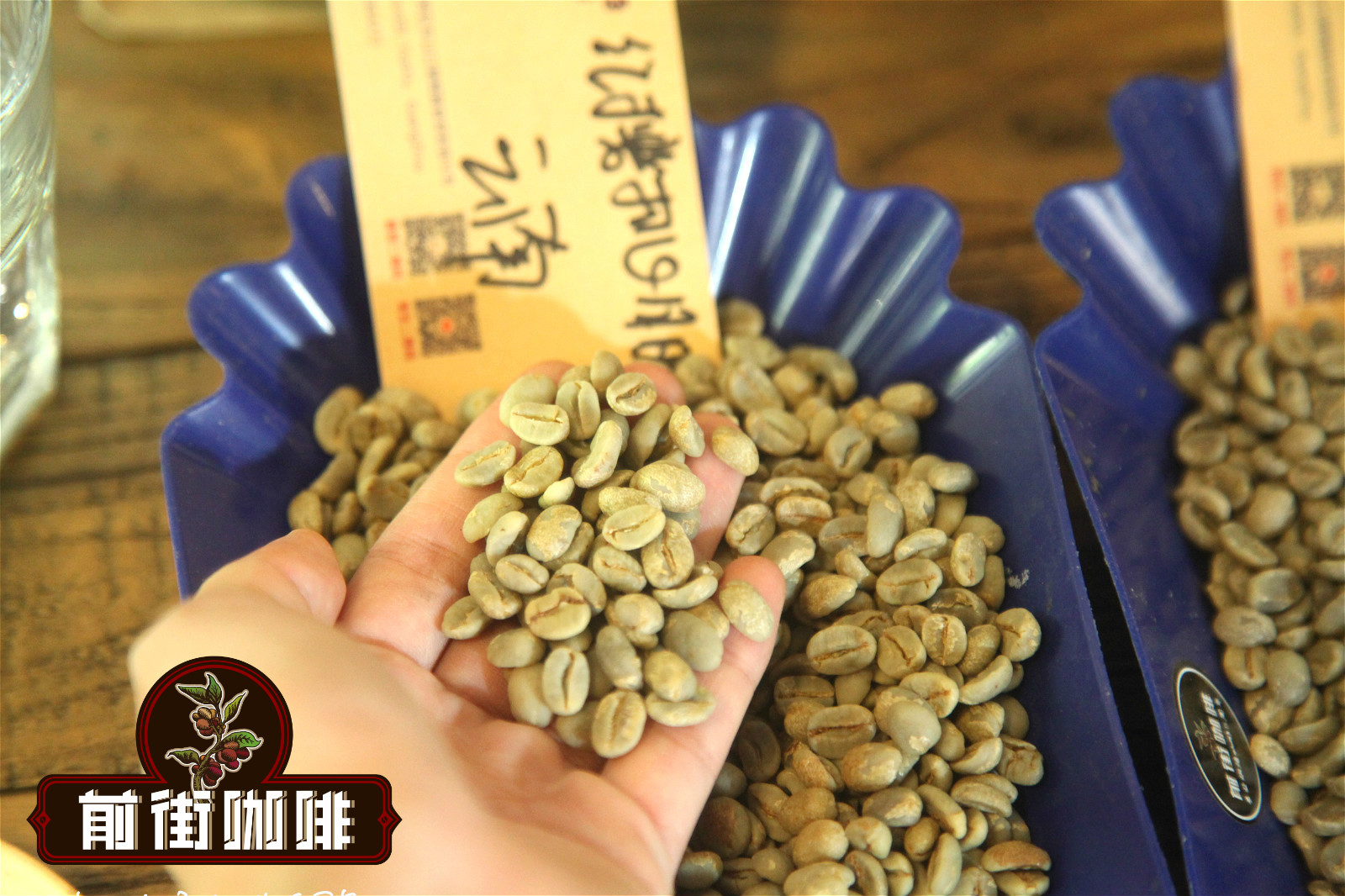
Free water:
Refers to water that can flow freely in an organism or within or between cells. Most of the water in the cell exists in free form (about 95.5% of the total water in the cell). People eat pears and the juice slips from their hands. This is free water.
Characteristics of free water:
(1) dissociate in the interstitial space of the tissue and have fluidity.
(2) can be used as solvent.
(3) it will evaporate and lose due to heating.
(4) Water that can be used for the growth and reproduction of microorganisms (bacteria and enzymes). (this means the possibility of fermentation)
(5) it will freeze.
Combined water:
No matter how much you squeeze the pear in your hand, you won't get bound water. Binding water combines with proteins, polysaccharides and other substances in organisms or cells, resulting in loss of fluidity. Bound water is an important component of cell structure, which can not dissolve other substances and does not participate in metabolism. It cannot be used by enzymes and bacteria, that is, it does not participate in fermentation. Its vapor pressure is negligible and it can evaporate or freeze at extreme temperatures.
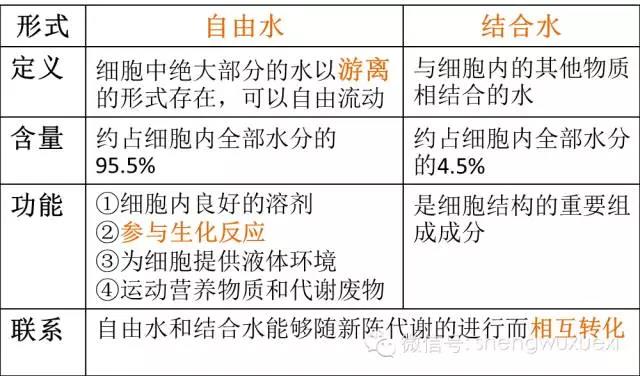
Vapor pressure (vapor pressure):
Under certain external conditions (such as heating the water in the kettle until the water begins to evaporate), the liquid molecules in the liquid will evaporate into gaseous molecules, and the gaseous molecules will hit the liquid surface (and the inner wall of the kettle) to return (condensed) to liquid. At a certain point in time and at a certain temperature, the condensation rate and evaporation rate can reach equilibrium. At equilibrium, the content of gaseous molecules reaches the maximum, and the pressure produced by these gaseous molecules hitting the liquid is referred to as vapor pressure (vapor pressure).
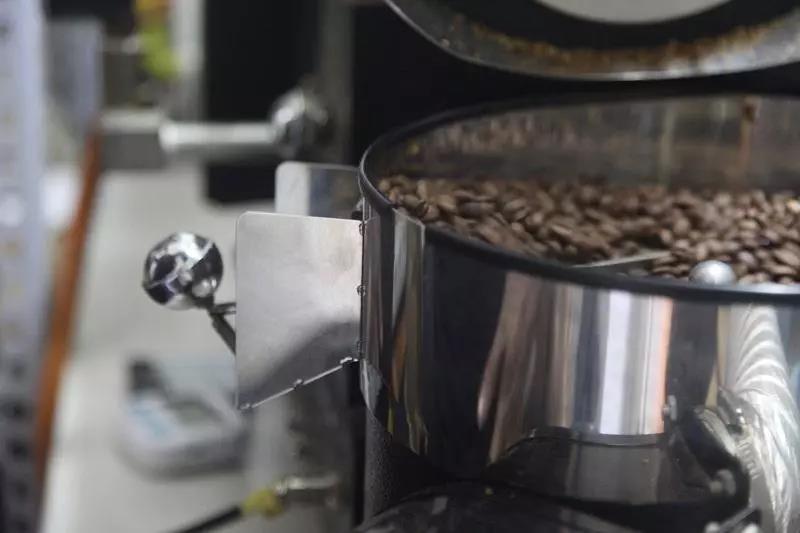
What is the relationship between steam pressure and raw coffee beans? The vapor pressure shows the volatility of free water, which is related to fermentation, mold growth and internal decomposition of coffee beans. This leads to an important topic of water activity. Water activity (aW) is the vapor pressure in raw coffee beans or other foods, and the water activity index is a quantitative expression of this vapor pressure. In other words: water content refers to how much water is in the coffee. The water activity indicates the relative humidity when the coffee bean reaches equilibrium with the surrounding space, and the water activity (degree) is expressed by 0...1.0aw.
How to measure and control the water activity in coffee beans
What should be the water activity of coffee beans?
Water activity is measured on a scale of 0 to 1. 0 is dry,1.0pure water. There is always free water in raw coffee beans-which means that water activity is always there. The water activity of coffee beans should be less than 0.6. The likelihood of microbial activity between 0.6 and 0.9 increases, which may lead to mold and fungi entering coffee beans.
Water activity and microbial growth
Water activity value microorganism
1.00-0.91 most bacteria
0.91-0.87 most yeasts
0.87-0.80 most molds
0.80-0.75 most halophilic bacteria
0.75-0.65 dry mold
0.65-0.60 osmotic pressure tolerant yeast
Molds, especially those containing mycotoxins and ochratoxins, can be harmful to health. In addition, there is an effect on taste: moldy, dirt and even phenol can be tasted in moldy and fungal defective coffee. Even if there is no mold, unstable water activity may reduce the shelf life of coffee, affecting the color, taste, vitamins, ingredients and aroma of coffee beans.
Raw coffee beans are hygroscopic, which means they can absorb water from the air. Therefore, its water content and water activity may increase. There are many elements that can lead to changes in water activity, such as temperature, humidity, atmospheric humidity, altitude, and even coffee producing areas. This is one of the reasons why quality control is so important in coffee processing and drying, whether it's washing, tanning, or honey-treated coffee. A sudden rainfall can be catastrophic.
Once the coffee is dried, poor storage and transportation conditions also pose risks. Ideally, coffee beans will be kept in a dry, sun-resistant, temperature-adjustable environment. However, when coffee is in transit, it is difficult to control these factors.
How to control water activity (degree) to reduce risk
First of all, you should make sure that you have a tool to measure water activity. There are several brands on the market such as Rotronic,Measurement Solutions,Meter Group. Graintec Scientific .
Second, assuming that your beans are completely dry to the right level, you should pay attention to the storage conditions. Good storage conditions are an important factor in controlling water activity, and the temperature, humidity and light of the room are often monitored.
In addition, raw bean packaging should be able to block oxygen and moisture. Sacks or cotton bags have been used for decades, but they do not protect your raw coffee beans from changes in temperature and humidity. It is recommended that raw coffee beans be stored in multi-layer and / or sealed packaging.
Bakers and cup testers should also be careful when opening bags to collect samples. Carefully repackage the raw coffee beans to prevent them from being affected by humidity and temperature in the air.
Important Notice :
前街咖啡 FrontStreet Coffee has moved to new addredd:
FrontStreet Coffee Address: 315,Donghua East Road,GuangZhou
Tel:020 38364473
- Prev
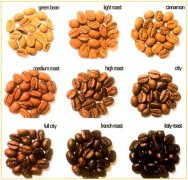
The roasting degree of coffee beans and the origin of the bomb name of Nordic baked fruit
Coffee beans (green bean) itself does not have any coffee aroma, only after baking, can you smell the strong aroma of coffee. Therefore, the roasting of coffee beans is a process of transformation of a variety of components within coffee beans, and only after baking can they produce fascinating aromas. Coffee roasting can be divided into the following categories: 1. Very shallow roasting (light Roas)
- Next

Coffee roasting seminar | what is underdevelopment and overdevelopment? How to judge the baking degree?
Professional coffee knowledge exchange more coffee bean information please follow the coffee workshop (Wechat official account cafe_style) front street coffee Costa Rica coffee | Costa Rica Angel Manor global only 85 kg | Rose Summer 2018 Panamanian Jade Manor Red Standard Sun | Blue Standard Water washing | Green label Sun Coffee roasting is a professional activity, a lot of data controls will study a champion's song.
Related
- Beginners will see the "Coffee pull flower" guide!
- What is the difference between ice blog purified milk and ordinary milk coffee?
- Why is the Philippines the largest producer of crops in Liberia?
- For coffee extraction, should the fine powder be retained?
- How does extracted espresso fill pressed powder? How much strength does it take to press the powder?
- How to make jasmine cold extract coffee? Is the jasmine + latte good?
- Will this little toy really make the coffee taste better? How does Lily Drip affect coffee extraction?
- Will the action of slapping the filter cup also affect coffee extraction?
- What's the difference between powder-to-water ratio and powder-to-liquid ratio?
- What is the Ethiopian local species? What does it have to do with Heirloom native species?

